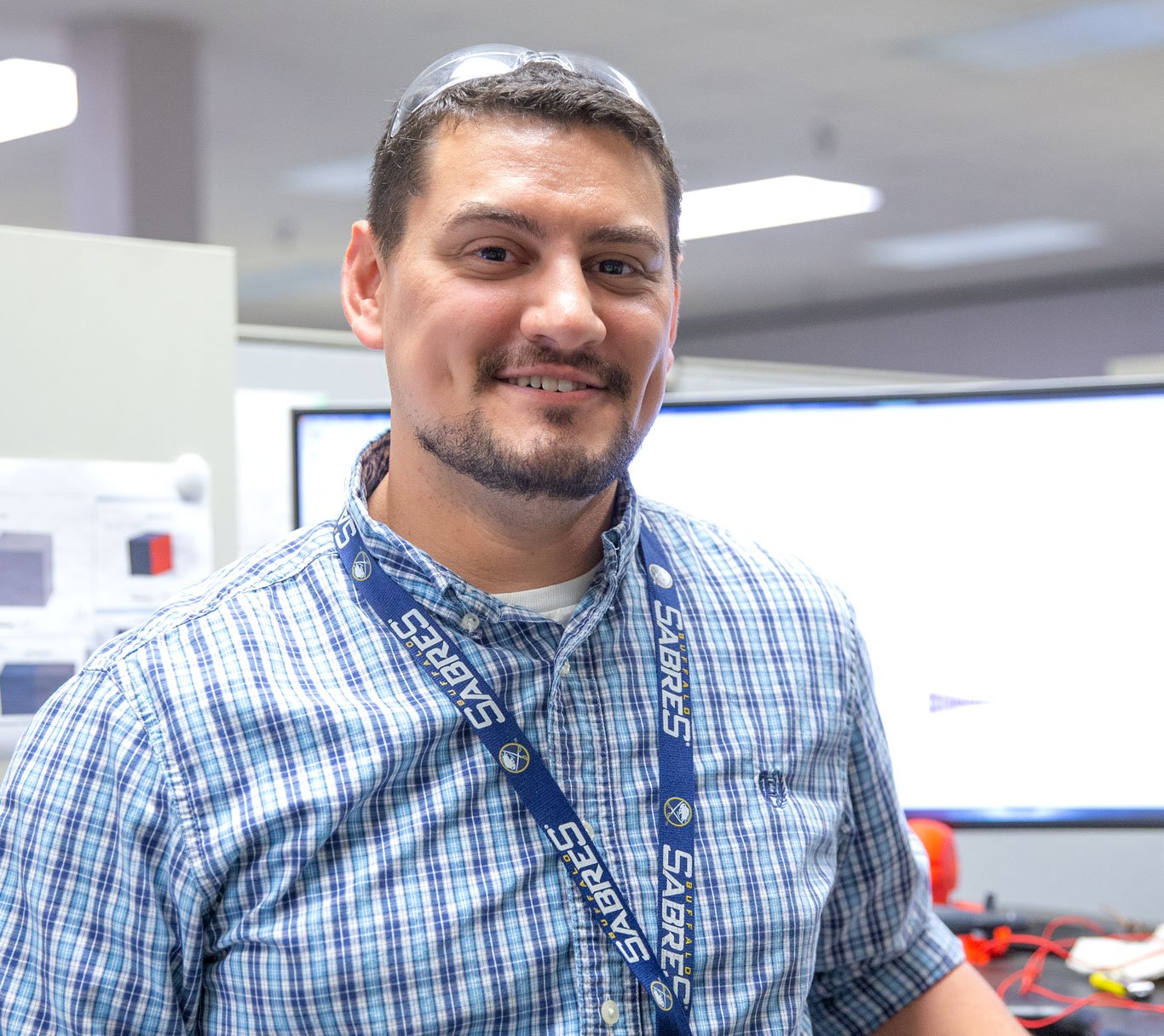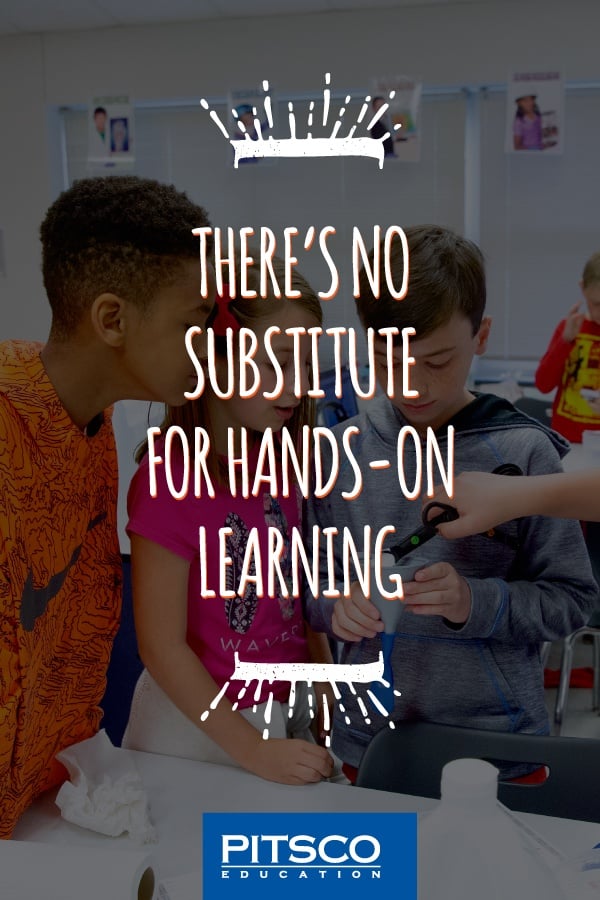Updated 6/17/24
Twenty-first century students tend to thrive in fully immersive educational experiences and embrace social learning environments where they can be hands on. How can this influence your students’ future education goals and careers? A great example of this is in North Carolina. Engineers engrained in a hands-on movement there, along with other professionals and sources, tell us real-world, hands-on learning provides many long-lasting benefits.
Firsthand Experiences
Skills North Carolina-based Hyster-Yale engineer Chris Barone uses daily are ones he was first exposed to in high school. The pathway of study he chose was engineering and architecture. He found himself modeling houses, drafting by hand and in CAD, and cutting with a lathe. Now he virtually models production to identify potential problems.

Chris Barone
“Engineering principles I learned in high school helped me in college,” Chris explained. “Some of the stuff in college I just opted out of because I already did it in high school.” And what about in his career – did his hands-on work in class help him in the long run? “I don’t even know how to quantify it. I don’t even know if I’d be here without some of that stuff.”
FRC East engineer Ramsey Davis got his early hands-on experience working for his family’s boat construction business, which gave him an edge in his career. And Ramsey has a window into current trends in education thanks to his wife, a school counselor and former middle school math and science teacher.

Ramsey Davis
Ramsey’s hopeful about the push for students to get more hands-on STEM experiences. “I think it’s a better approach, especially since there are fewer opportunities for kids to get these experiences outside of class. I think in today’s world it’s much more challenging to find those hands-on opportunities.”
Providing Opportunities
And Pitsco has provided a source for those hands-on opportunities since its inception in 1971, including those that come from our long-term, extensive partnership in North Carolina with STEM East through the NCEast Alliance. Hands-on, collaborative educational experiences encourage students to solve problems, appreciate the differences between real world and theory, and work with others to achieve shared goals and overcome differences – skills that give employees an edge in STEM fields.
Beyond the success we see in the classroom and hear from businesses such as Hyster-Yale and FRC, studies have shown that students tend to show more academic growth with activity-based teaching.
- The Effects of Activity-Based Elementary Science Programs on Student Outcomes and Classroom Practices
- Study: Hands-on projects may be best way to teach engineering and technology concepts
Want to build a culture of STEM and authentic learning? There’s really no substitute for hands-on learning when helping students prepare for their successes in work and life. Contact your area education advisor for assistance working out the best fit for your needs.
MORE RESOURCES:


